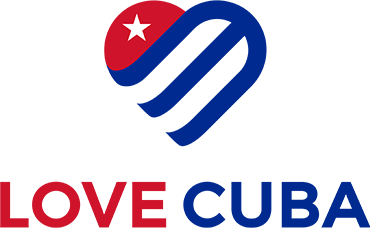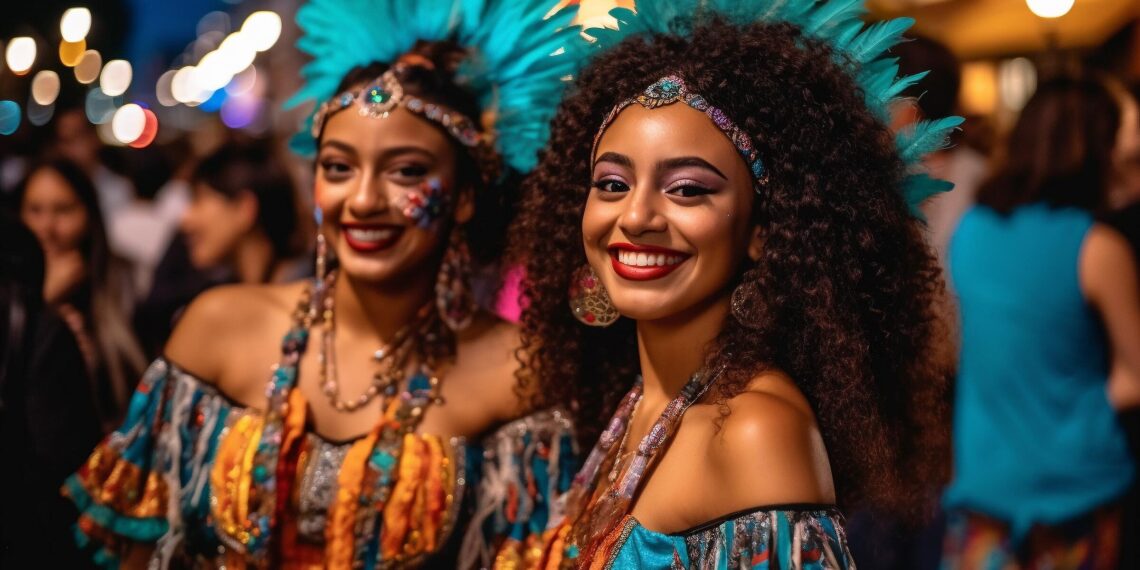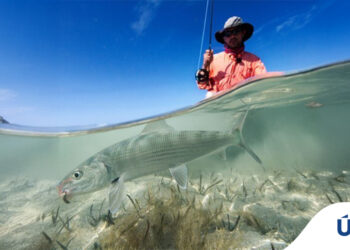Between spectacular dancing, lively music, unparalleled cuisine, and incredible entertainment, one thing is for sure: Cubans know how to party. All throughout Cuba, multiple festivals and carnivals occur during every season, drawing in tourists and providing entertainment for the locals. It can be challenging to determine which events to go to with so many Cuban festivals to choose from, but you have come to the right place! Keep reading to discover the top six carnivals in Cuba. Santiago de Cuba is Cuba’s largest and most famous carnival, and for good reason. This carnival turns Santiago into one giant party with plenty of dancing, live music, and vibrant colours throughout the streets! In most Roman Catholic societies, Carnival is typically held right before Lent, in February or March. However, Santiago de Cuba is held at the end of July and is believed to have evolved from summer festivals, formerly known as Mamarrachos. These festivals included St. John’s Day on June 24th, St. Peter’s Day on June 29th, St. Christine’s Day on July 24th, St. James the Apostle’s Day on July 25th, and St. Anne’s Day on July 26th. The origins of the Mamarrachos are unknown, but they are known to have dated back as early as 1679. In the 1800s, these celebrations were even more elaborate than they are today. Participants would throw objects and liquids at each other, eat several traditional foods, enjoy horse racing, and dance at masked balls. Today, the carnival of Santiago de Cuba mainly involves music, dance, and alcohol. The congas are the main instrument of this festival, but popular orchestras perform as well. Comparsas, or street performances put on by a musical group of costumed dancers, are one of the main highlights of this carnival. Residents from all over Cuba travel to Santiago to get a dose of unparalleled art, culture, and entertainment. The Havana carnival is the second-largest festival in Cuba, taking place in the summer over several consecutive weekends. Located on the oceanside Malecon promenade, this carnival is popular among tourists and locals. While no one knows the exact date the Havana carnival started, some think its origins began in 1550, after enslaved people arrived from Africa. The dancers at this celebration retrace Cuba’s history of slavery, mirroring the festivities that enslaved people would partake in on their days of rest. You will see the dancers wearing Muñecones, giant masks worn during the parades. Some dancers also carry faroleros, a multi-coloured accessory that looks like a street light. Throughout the celebration, you can wander through various quioscos or small street markets with tents selling authentic Cuban food and handcrafted goods. This carnival is perfect for the whole family. On day one of the carnival, playful floats, clowns, and magicians fill the streets, making this a great time to bring along the kids. Trinidad de Cuba celebrates the Day of San Juan on June 24th. Located in the historic city of Trinidad, Cuba, this festival includes parade floats, costumes, contests, Creole traditions, and plenty of authentic Cuban cuisine. More notably, the Queen and Ladies’ Coronation Ceremony takes place during the celebration, which is a pageant for the lovely local women to portray their beauty and knowledge. The local cowboys, also known as vaqueros, display their expertise, horses, and riding ability on this day. This festival, locally known as the Fiestas San Juaneras, runs for four days and includes a variety of competitions, local cultural activities, and street parades. The Camaguey festival is held every June 24th, or San Juan Day, and runs until June 29th. This traditional festival, which takes place in Camaguey, Cuba, is thought to be the oldest of its kind. Similar to the carnival of Santiago de Cuba, the Camaguey celebration involves several colourful floats, musical groups, congas, and costumes. The carnival’s parades honour the cattle ranching traditions of the region but have also evolved to showcase vintage cars and comparsas. Neighbourhoods of every size gather in parks and public spaces throughout the festival to dance and prepare foods made from pork, viandas, and vegetables. To mark the end of the celebration, a parade marches throughout the town and is finalised by burning a doll representing San Pedro, or St. Peter. The burning of the doll symbolises purification and future economic prosperity. While this festival is lesser-known than Santiago de Cuba or the Havana carnival, it is always a great time! The Matanzas festival takes place in Matanzas, Cuba, where you can see various musical performances, dance, learn more about Afro-Cuban culture, and enjoy local cuisine from the many food stands. Colombia de Puerto, a local drum ensemble, often provides live music well into the evening. Matanzas carnival is also well known for its academic events, in which you can learn about Cuba’s diverse ethnic heritage. Seminars are held during the festival where academics can learn about Chinese, African, Haitian, Caribbean, and Spanish influences on Cuban culture. Whether you want to learn more about Cuba or just have a good time, Matanzas has it all! Each year just before Christmas, Cuba’s cities and towns explode with a vibrant, week-long party. This celebration, known as Las Parrandas, began in Remedios, Cuba, in 1820. This festival climaxes on Christmas Eve when the party erupts into fireworks, parades, dancing, and illuminated floats. The origins of this festival began when a priest noticed Mass attendance diminishing before Christmas. He instructed children to go into the streets with rattles, cans, and noisemakers to attract parishioners. This tradition started to evolve into a competition of live musicians and bands over the years. Over time, it spread outside of Remedios and throughout the rest of Cuba, but Remedios still holds the biggest and most renowned Las Parrandas every year. Neighbourhoods in Remedios compete to determine who can create the most extensive and brightest light show. Two districts, in particular, have had a fierce rivalry dating back to the late 1870s: San Salvador and El Carmen. Cuba stuns with its many celebrations and festive events throughout the year. Don’t miss the spectacle of Cuban music, dance, and art, if you get a chance to visit the island during one of these carnivals. Love Cuba is the UK’s leading Cuba holiday specialist. Click here for more info or call us on 0207 071 3636 or email enquiries@lovecuba.comSantiago de Cuba Carnival
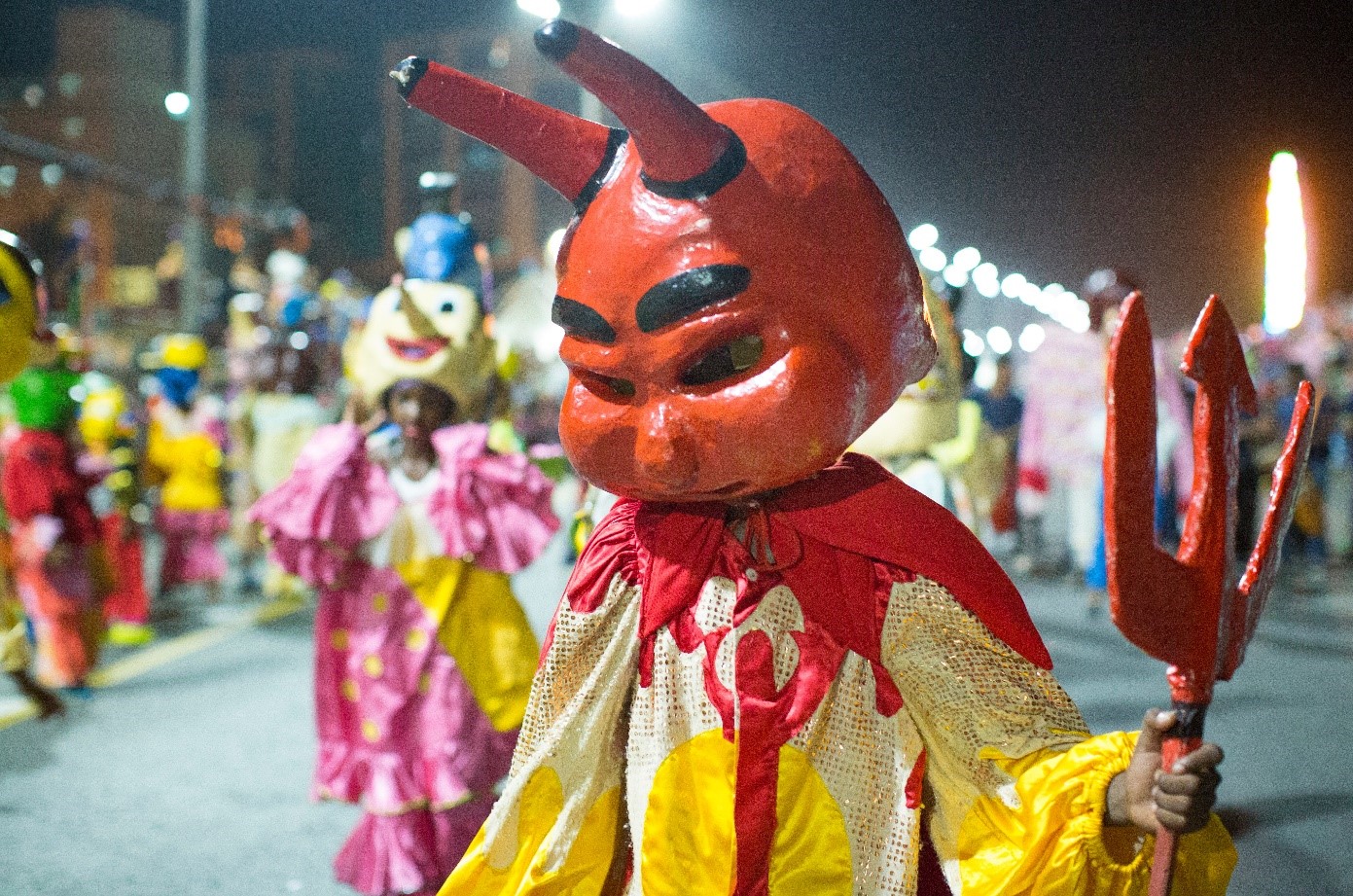
Havana Carnival

Trinidad — Fiestas San Juaneras

Camaguey Carnival

Matanzas Carnival
Las Parrandas de Remedios
Final Thoughts


Cuba’s Top 6 Carnivals
Sign up for newsletters
Immerse yourself in our latest Cuba travel stories & get first access to our exclusive offers.
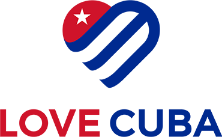
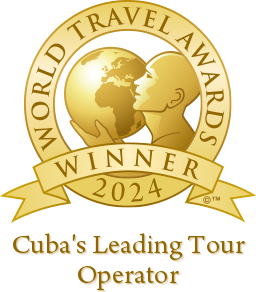

Love Cuba is the UK's Cuba tailor-made holiday specialist! With a team of Cuba enthusiasts in London and excellent representation in Cuba, we offer amazing holidays and tours to Cuba at great prices.
TOP DESTINATIONS
IMPORTANT LINKS
STAY SOCIAL WITH US
Some of our partners














© 2024 - LOVE CUBA IS A TRADING NAME OF MORESAND LIMITED. ATOL (3517), ABTA (P7124)
Love Cuba 2024. All Rights Reserved


